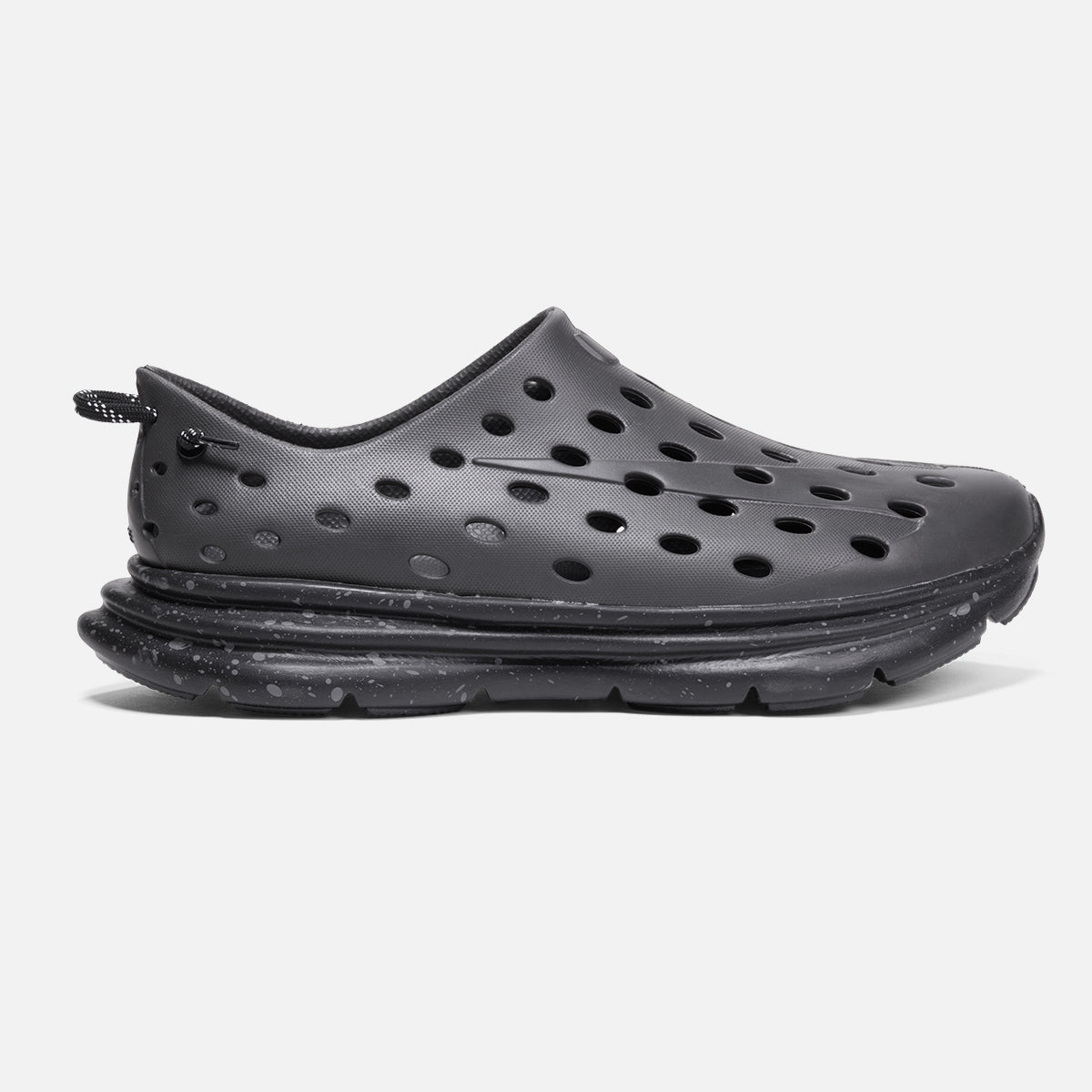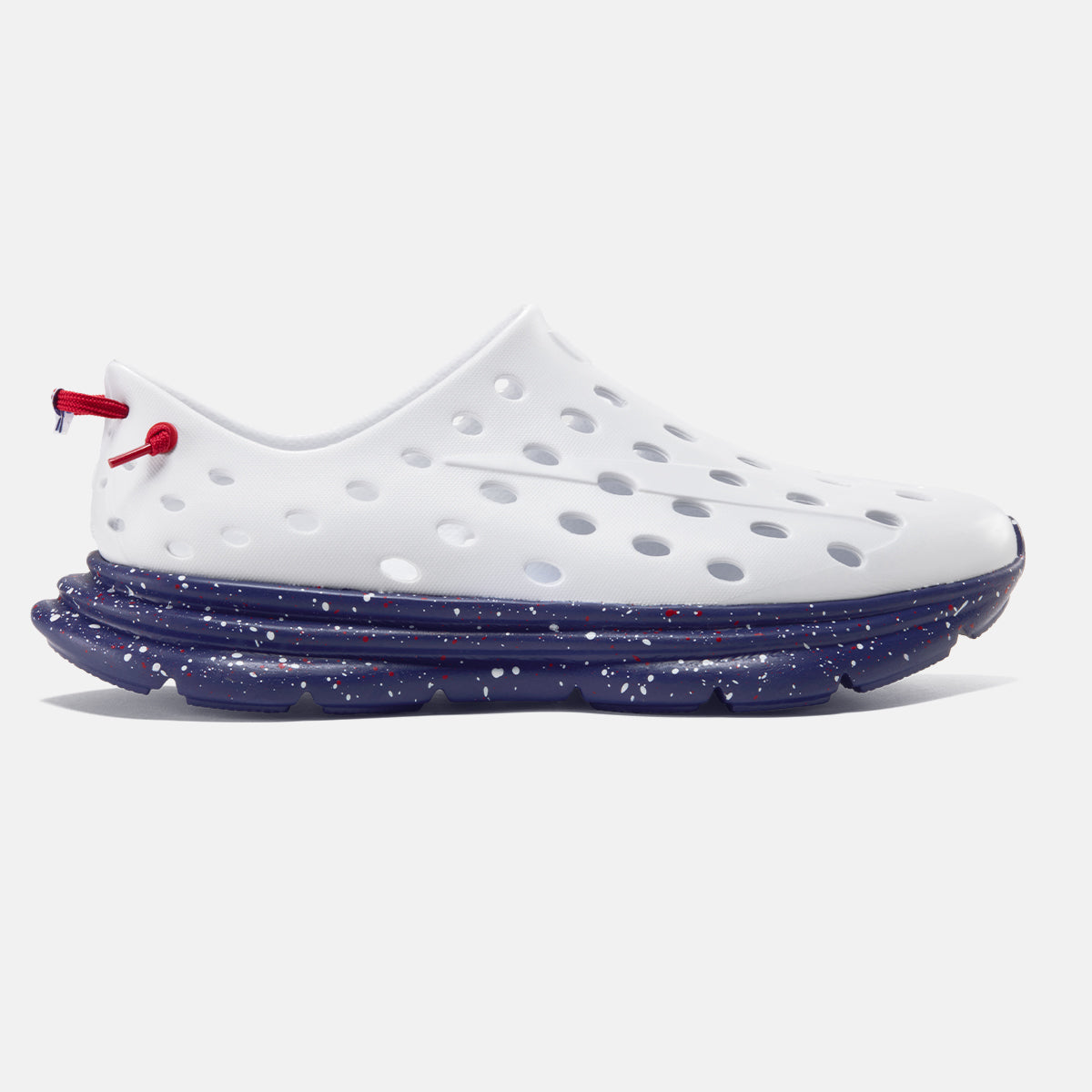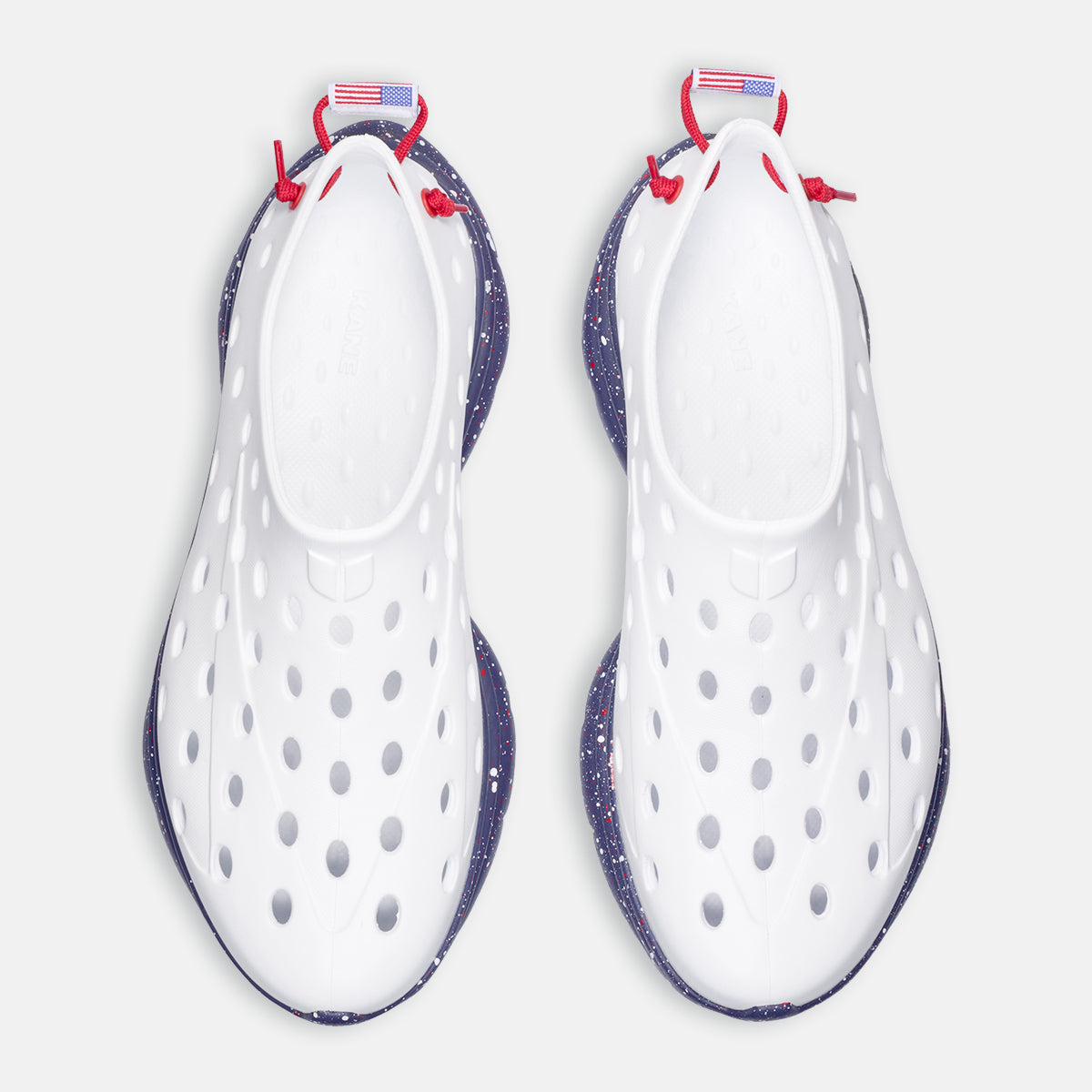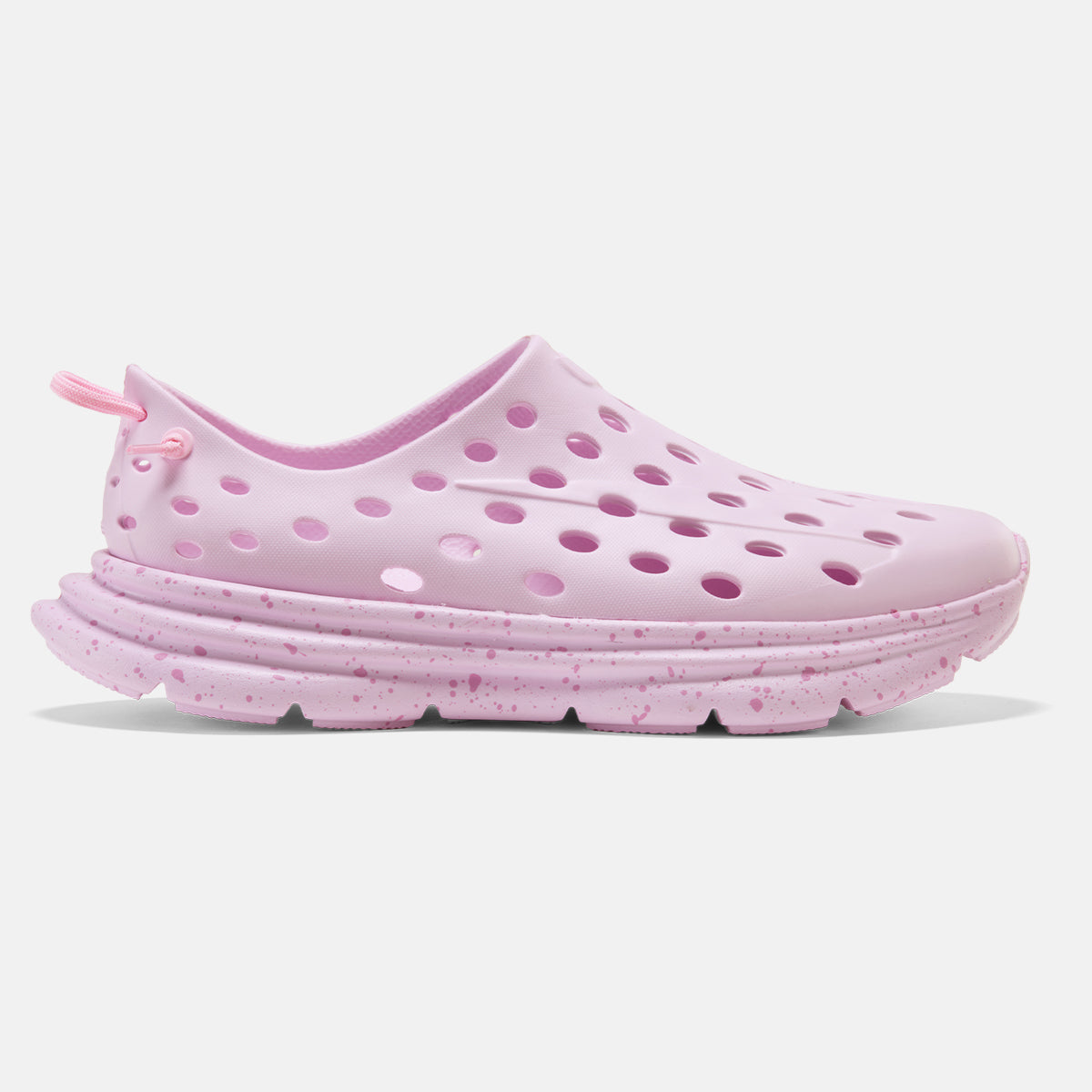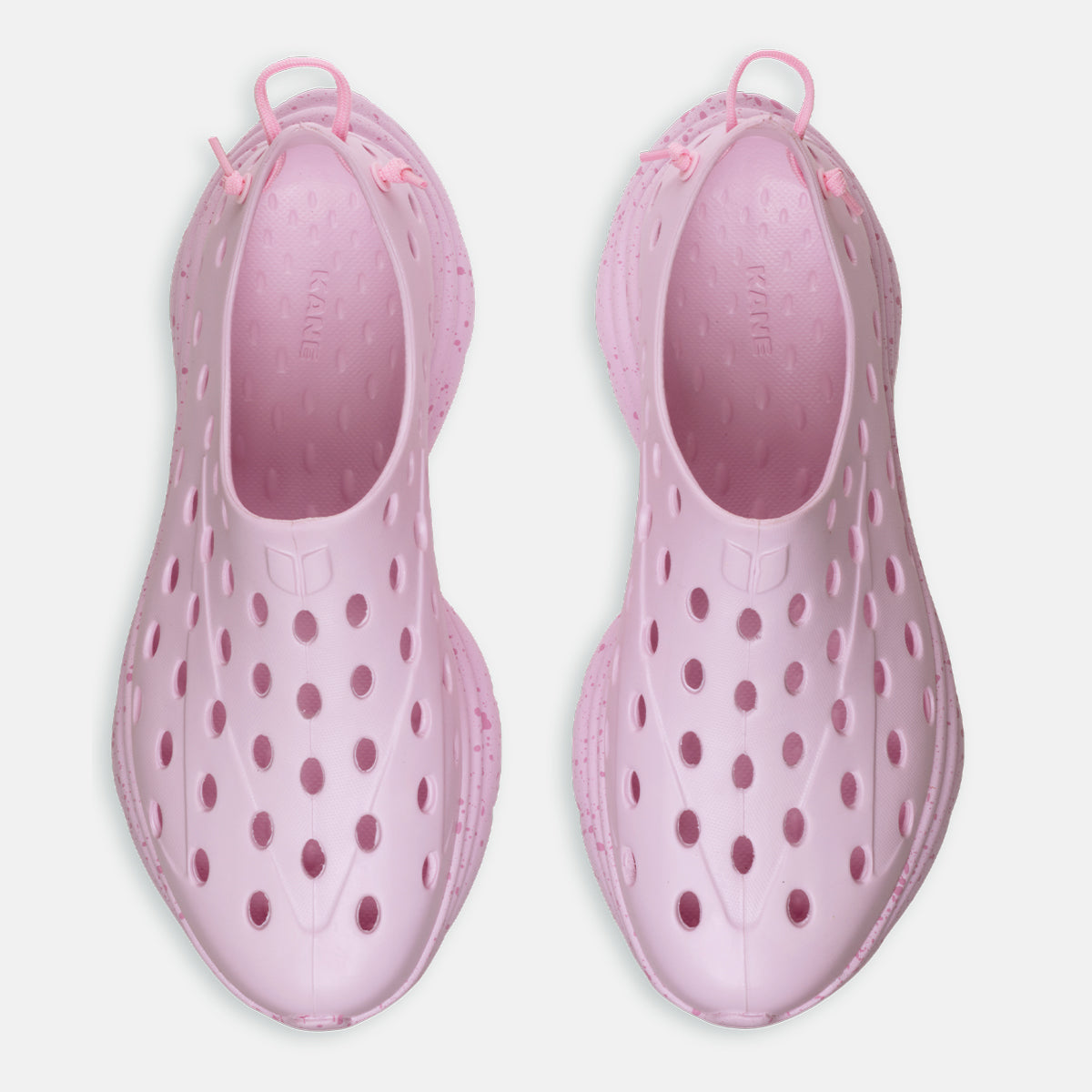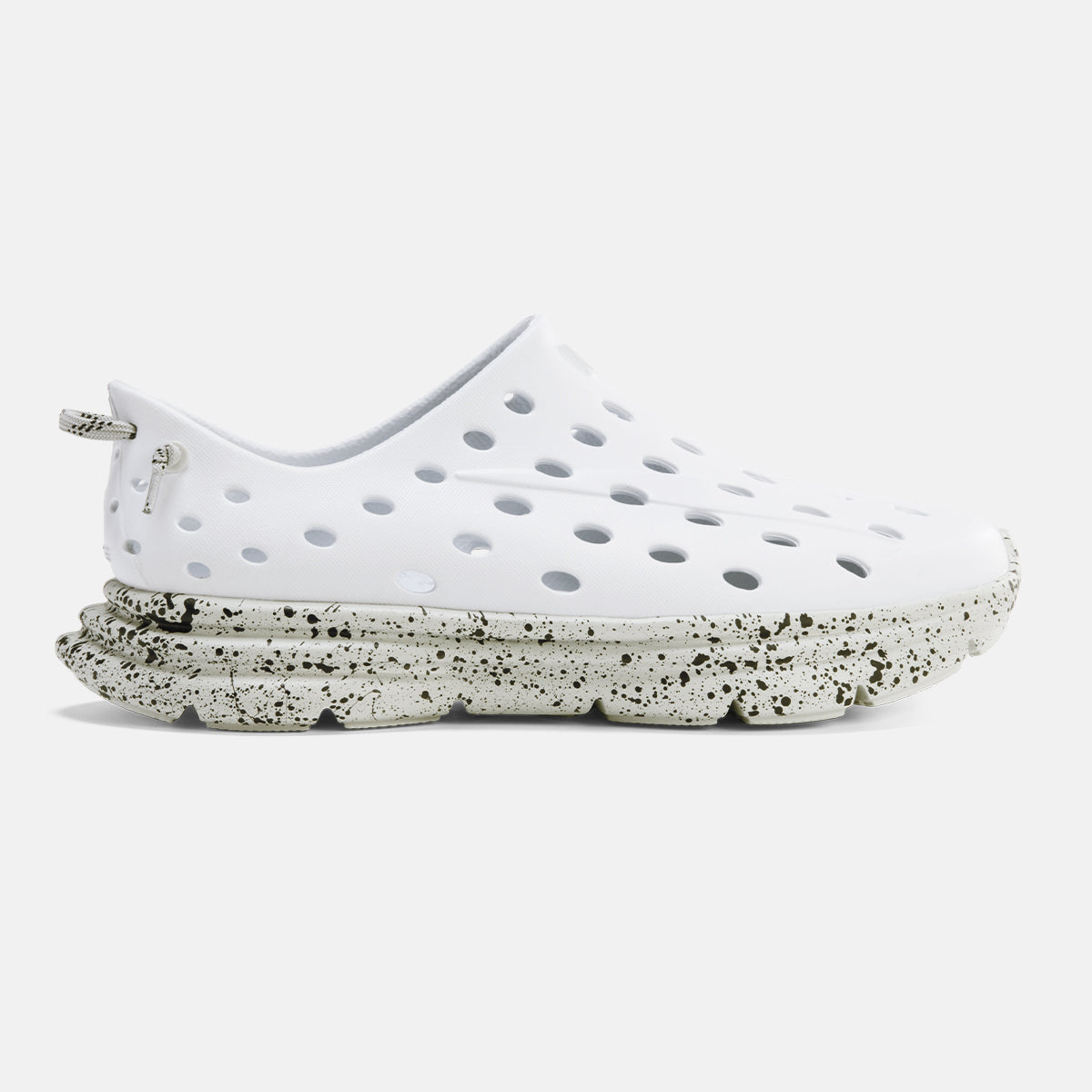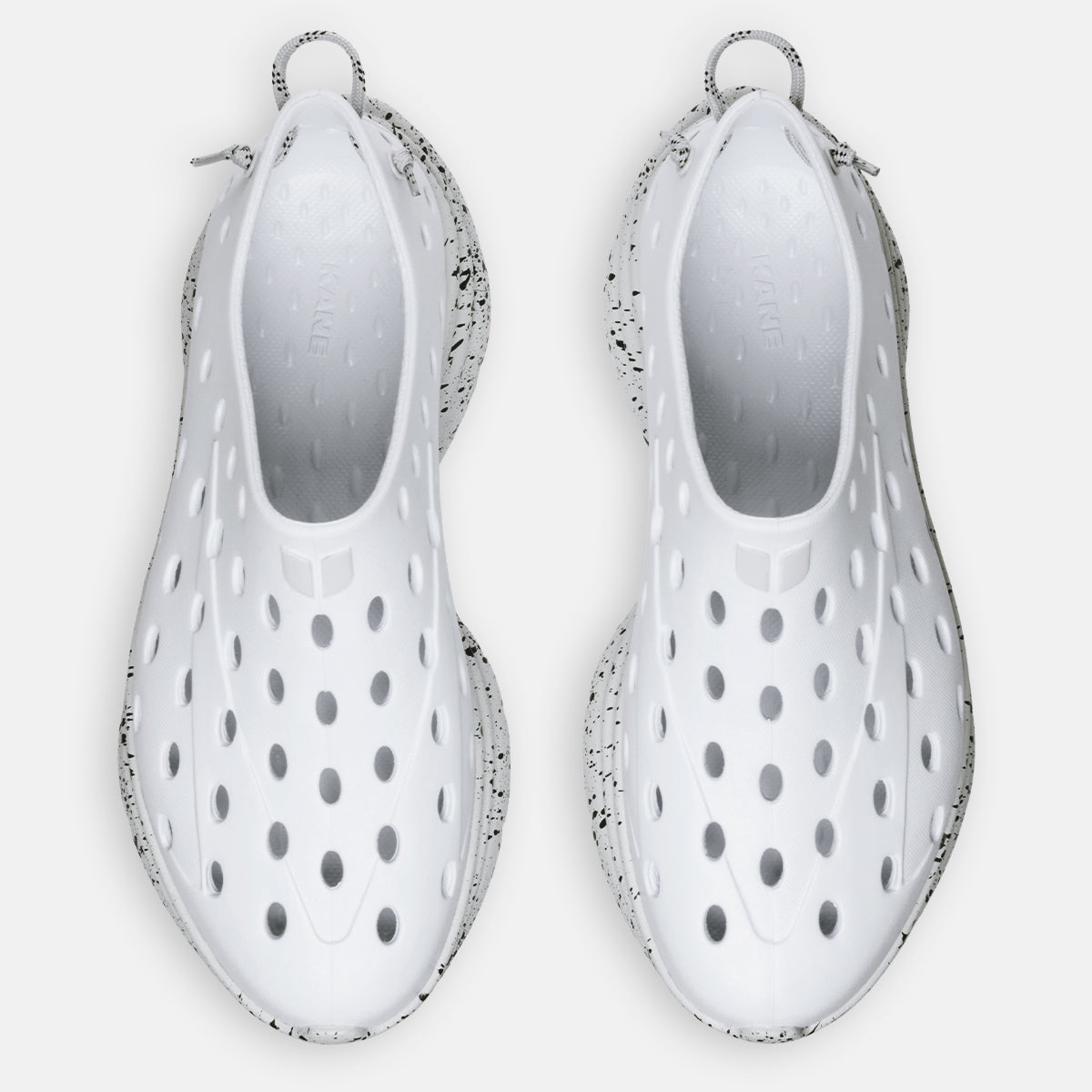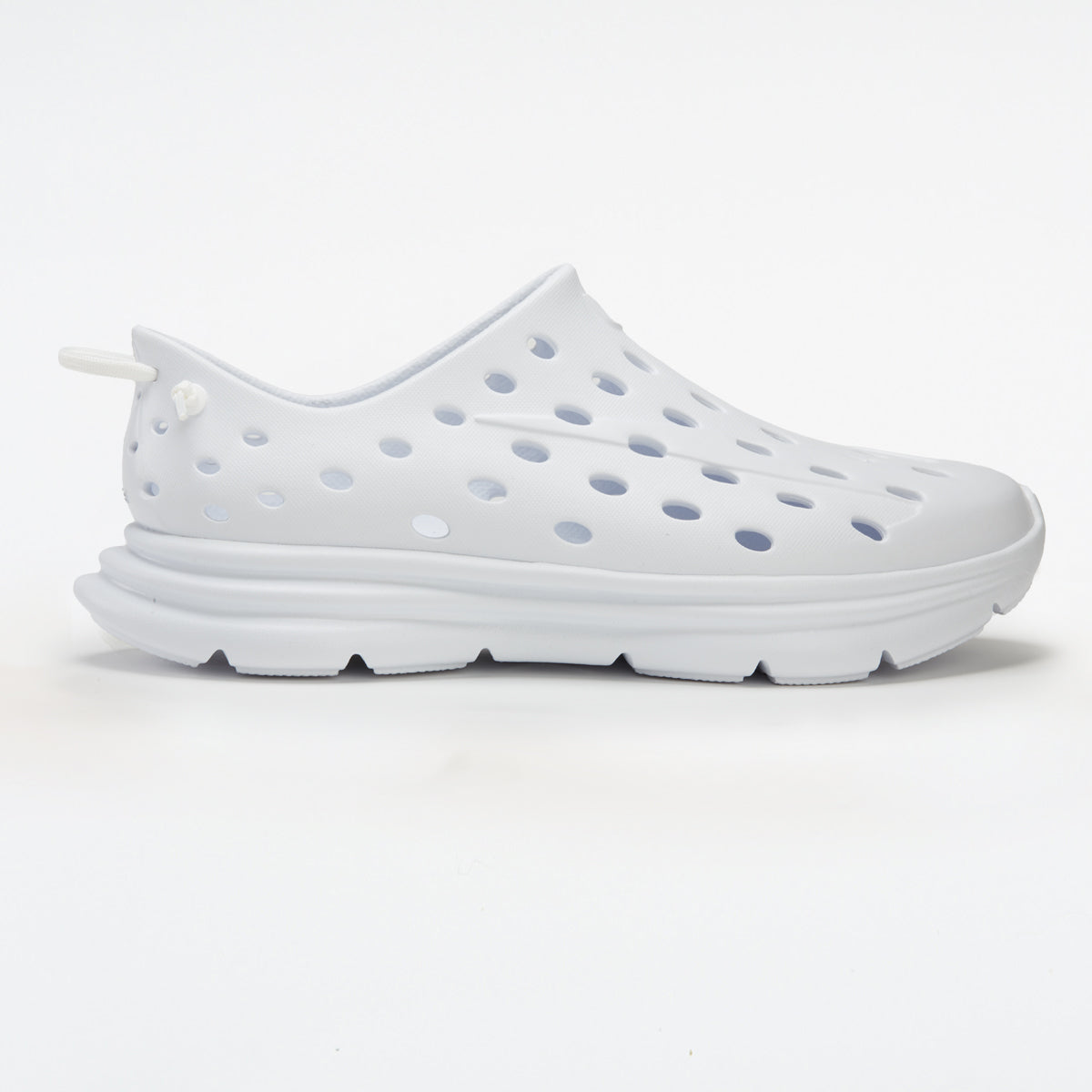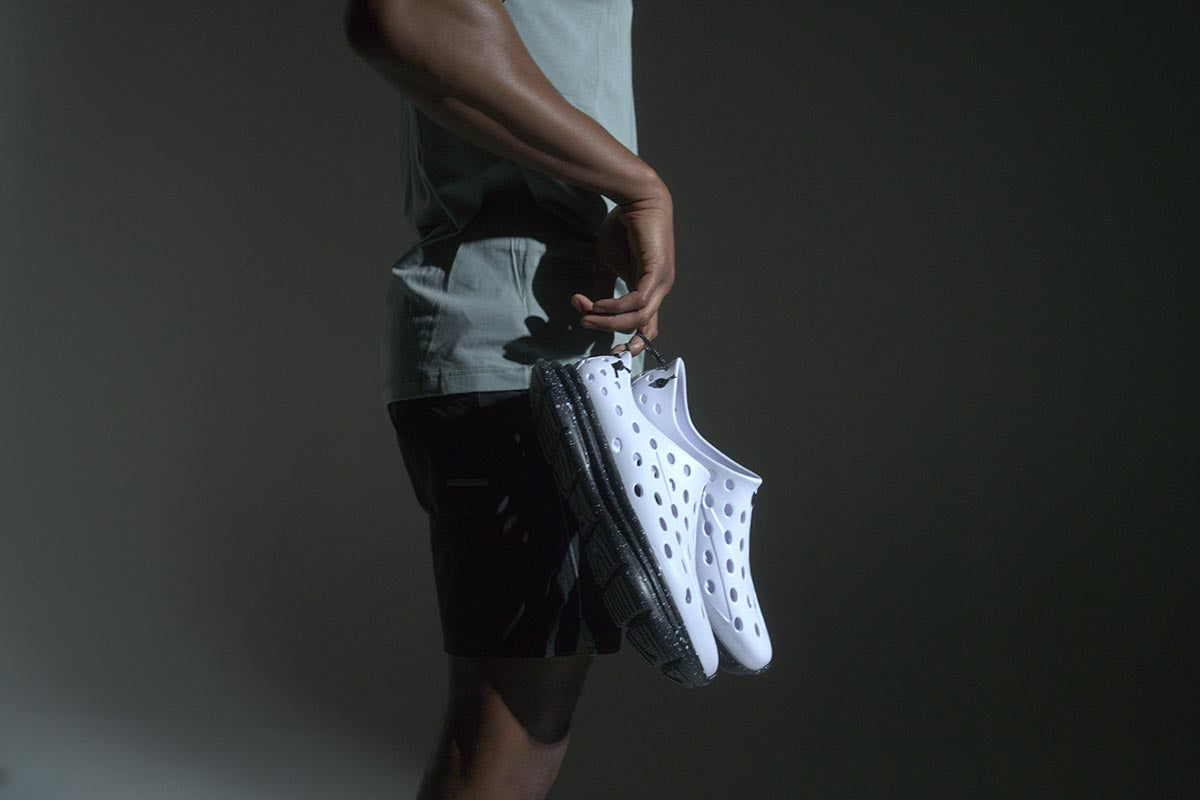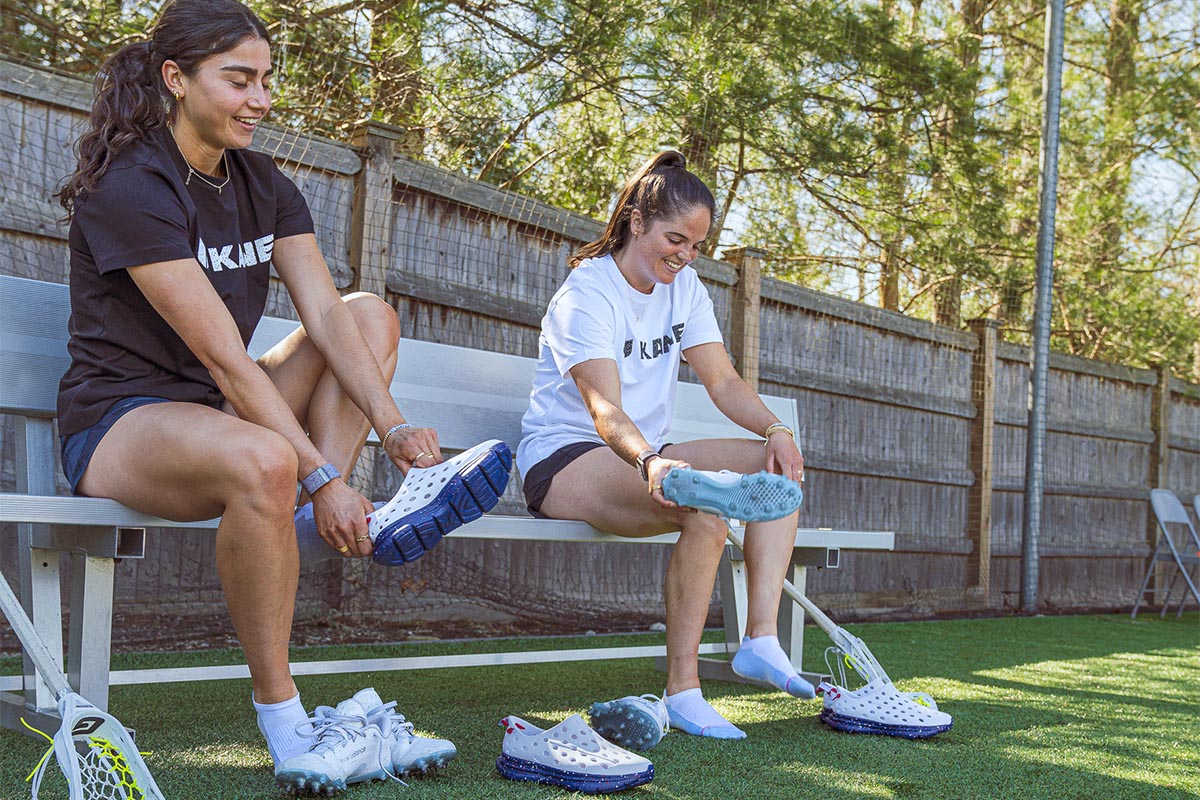If you’ve used a foam roller before, it’s possible the thought of one doesn’t thrill you. Foam rollers can, at times, hurt a little - so it can feel like a chore taking on this kind of self-massage. This is a normal feeling! But it’s important to note that foam rolling can help tremendously with muscle tension - especially delayed onset muscle soreness.
In this article, we’ll discuss the numerous physical benefits foam rollers have to offer, and how they can effectively target muscle groups, tendons, fascia, and other soft tissue.
So if you’ve ever wondered how a foam roller helps with DOMS, you’ve come to the right place. And if you’ve never foam rolled before? Not to worry. Learning about these techniques and benefits now can mean accessing a great mobility tool for the future.
Let’s seek out some relief and get the most out of foam rolling!
What is delayed onset muscle soreness (DOMS)?
First, let’s dive into what delayed onset muscle soreness (DOMS) refers to. It’s possible you’ve experienced this type of discomfort before (or are experiencing it as we speak!) though you simply may not know the term for it.
Intense, strenuous exercise causes damage to your muscle fibers at a microscopic level, known as micro-tears. As your body rebuilds these muscles, the damage that’s just been incurred causes soreness. This natural process, despite sounding a tad alarming, is in fact very productive.
Pain, soreness and stiffness felt in your muscles 24-72 hours post-activity (hence the delayed aspect) is called DOMS. Fortunately, proper recovery methods will reduce your soreness and help quicken your muscles’ natural healing processes.
A healthy body will always get to work following micro-tears - it may just need a little help along the way. This is where proper foam rolling techniques come into play.
What is a foam roller?
A foam roller is a great tool used to release tension, aid in circulation and increase mobility in the muscles. Categorized as a self myofascial release tool, a foam roller can help you warm up and loosen your stiff muscles, fascia and other connective tissues.
This type of recovery tool comes in a variety of shapes, textures and sizes today, from long, smooth cylinders to smaller, rigid cylinders. Though we generally think of foam rollers as being either hollow or solid foam constructions, some are now also made with rubber and mixed materials.
Effective foam rolling work, at times, can be the make or break when it comes to getting you back to your activity sooner. Finding the right foam roller for you can aid in this process, so testing out a few and taking the advice of a physical therapist will help set you up for success.
How do I choose the best foam roller for me?
There are three main types of foam rollers on the market currently. It will depend on the intensity level you’re looking for, as well as the budget you had in mind for your recovery:
- Smooth: This type of foam roller is the common cylinder shape, made out of dense, flat foam that delivers even pressure. This foam roller is the least expensive option, being the most basic selection.
- Textured: This type of foam roller has a textured feel which delivers more precise pressure on isolated areas. This foam roller is a more expensive option than its basic counterpart, targeting tight areas and knots on a deeper level.
- Vibrating: This type of foam roller is the most modern option on the market, combining the massage capabilities of a foam roller in its shape, and the vibration mechanism of a massage gun. This foam roller is the most expensive choice available.
How does foam rolling work?
When it comes to sports physical therapy, foam rolling can enhance your pre-workout warm-up, as well as your post-exercise recovery.
Foam rolling works by sending messages to your nervous system from the specific muscles, tendons, and fascia that are being worked on. This helps relax tension and stiffness in your connective tissues, increasing the range of motion in these areas. Just as importantly, foam rolling instigates blood flow, allowing much needed nutrients and oxygen to make their way to the tissues.
Safety tips for using foam rollers
Using foam rollers is a great way to deliver convenient muscle recovery from the comforts of your own home. Incorporating foam rollers into your massage therapy routine, both before and after exercise, can yield great recovery benefits.
However, it’s key not to disregard the possible risks from using a foam roller incorrectly:
Do not use on severely injured muscles or conditions
Certain conditions, syndromes and circumstances would not call for the use of a foam roller. If you have a clearly injured muscle, or do not have healthy muscle functionality in general, do not attempt any foam rolling techniques unless your physician has instructed you to do so under their supervision.
Consult a physical therapist for guidance
It’s important to get proper guidance from a professional when trying out new methods on a muscle group. A physical therapist would be able to assess your specific muscle issues accurately and decide if foam rolling is best for you. Once you’ve been taught how to effectively use these rollers, you could begin practicing your exercise recovery at home.
The goal is to always improve your situation, not hinder your recovery - getting the most out of a properly tailored recovery plan is essential.
What benefits can I get from foam rolling?
Using the foam roll massage technique can considerably boost both your warm-up and cool-down routines - if done correctly. This type of manual therapy can get your body ready for exercise, as well as assist in recovery.
Here are the benefits of foam rolling:
Warms up muscles
When your muscles and connective tissues heat up from the repeated rolling pattern, they naturally become more malleable. This can help reduce risk of injury during a workout, and help to prevent muscle pain from occurring afterwards.
Increases range of motion
Stiffness can cause a halt in your range of motion. When this happens before a workout, it can impede your ability to reach your goals of that particular exercise. When it occurs after the fact, it may take you longer to re-engage in that workout routine. Foam rolling can help loosen up your stiff muscles and connective tissues, improving your mobility.
Reduces pain
Myofascial release through foam rolling can stimulate your muscles for a relaxing effect. Stiffness, soreness, pain and discomfort - all which can accompany or follow strenuous exercise - are relieved more quickly with the help of this type of physical therapy.
Increases circulation
Foam rolling can help remove inflammation by flushing out the connective tissues. Through proper foam roll massage techniques, these tissues can benefit from replacing waste with nutrients in the bloodstream, encouraging essential soft tissue repair.
Helps you relax
Self massage using a foam roller can not only help your physical state, but improve your mental well being. Relaxation felt during use, as well as afterwards, can relieve stress and improve your mood and focus. Once tension is reduced in an area, active individuals are more likely to feel motivated in their performance, as well as in their recovery maintenance.
Reduces muscle soreness
Following intense exercise, foam rolling can help prevent problematic levels of muscle damage from occurring and increase oxygenated blood flow. These processes reduce soft tissue inflammation and soreness. Ultimately, this may help your athletic performance as you’ll be able to get back out there sooner.
What are some helpful foam rolling techniques?
A foam roller can be used on many areas of the body, using a variety of effective techniques. The following exercises target areas which can become quickly tight and sore - before or after a workout.
Roll the calf
- Sit on the floor with the foam roller underneath the upper ankles
- Lift your hips up and move your body down towards the roller
- Move so that the roller is an inch nearer to the knee, then rock side to side for 15-30 seconds
- Repeat inch by inch up towards the knee
Roll the quads
- With the foam roller on the floor, face down with the roller on the quads
- Move so that the roller is an inch closer to the hip, then rock side to side for 15-30 seconds
- Repeat inch by inch up towards the hip
Roll the IT band
- Lie on your side with the roller placed above the knee, on the side of the leg
- Move until the roller is an inch closer to the hip, then rock side to side for 15-30 seconds
- Repeat inch by inch moving towards the hip
Roll the glutes
- Place the roller underneath your butt
- Bring one leg across until the ankle rests on the opposite knee/thigh
- Move the roller up and down and side to side, using your arms for support behind the roller
- Hold pressure on tight area(s) for 15-30 seconds
Roll the back
- Lay on your back with the roller underneath your upper back, knees bent with feet flat on the floor, arms down by your sides or crossed in front of your chest
- Engage your core and lift up into a shallow bridge position
- Roll up and down slowly between your lower neck and mid-back, paying close attention to tighter areas
- Repeat for 30 seconds
Roll the hamstrings
- Sit on the floor with your legs extended, with the foam roller underneath your hamstrings
- Lift your body up so you’re resting on the roller, then slowly roll up and down between the back of your knees and glutes, paying close attention to tighter areas
- Roll for 30 seconds
Are there downsides to foam rolling?
Foam rolling in the comfort of your own home is a great way to assist in muscle recovery. Depending on the person or situation, however, it may not be quite as effective as getting a conventional massage. Here are the main reasons why:
- In order to use a foam roller effectively, you’ll need to learn the best methods from a skilled professional. Even once foam rolling has been practiced alongside a therapist, it may still be difficult to mimic these positions and apply the right pressure at home on your own.
- When using a foam roller on yourself, you’re naturally less relaxed than when someone else is doing the rolling for you at your physical therapist’s office. This may impede on proper recovery until/unless you get the hang of it.
How else can you relieve DOMS?
In addition to foam rolling, there are several other ways you can recover from delayed onset muscle soreness:
- Painkillers/NSAIDS: Non-steroidal anti-inflammatory drugs reduce and/or relieve inflammation in the body. Always read the label carefully and check with your physician before taking any medication you aren’t accustomed to (even if its OTC)
- Ice pack: Cold applications at intervals (i.e. 20 mins on, 30 mins off) can help to reduce localized inflammation and swelling. Be sure not to place ice packs directly on skin - use a tea towel or cloth as a barrier.
- Warm/Hot baths: When muscles are warmed, they begin to relax, relieving tension and stiffness. Blood circulation is also increased when submerged in warm water. Be sure your bath water isn’t too hot to the touch, as it should not be painful to the skin.
- Supportive footwear: Active recovery shoes keep you balanced, secure and comfortable. They are a great addition to many of your daily routines, helping to avoid and/or reduce muscle soreness.
When to see a physician
If you’re experiencing sharp or unrelenting pain, it’s likely not DOMS, but possibly a more serious injury. It’s always a safe bet to get in touch with your doctor when in doubt about any persistent and/or unexplained pain you may be feeling.
Any pain that feels severe enough should get the proper medical attention and assessment required. Your general practitioner may refer you to a specialist if deemed necessary.









































